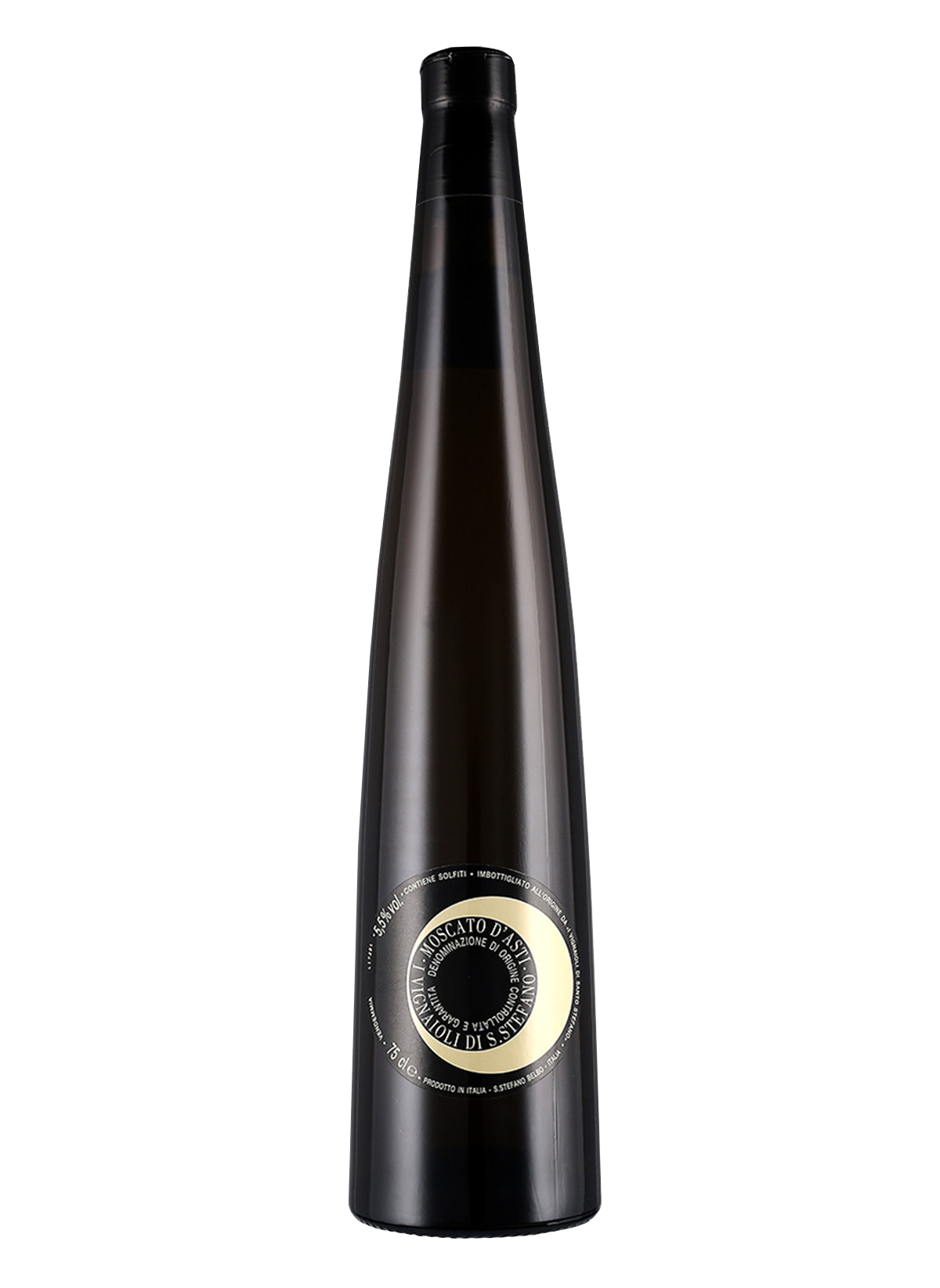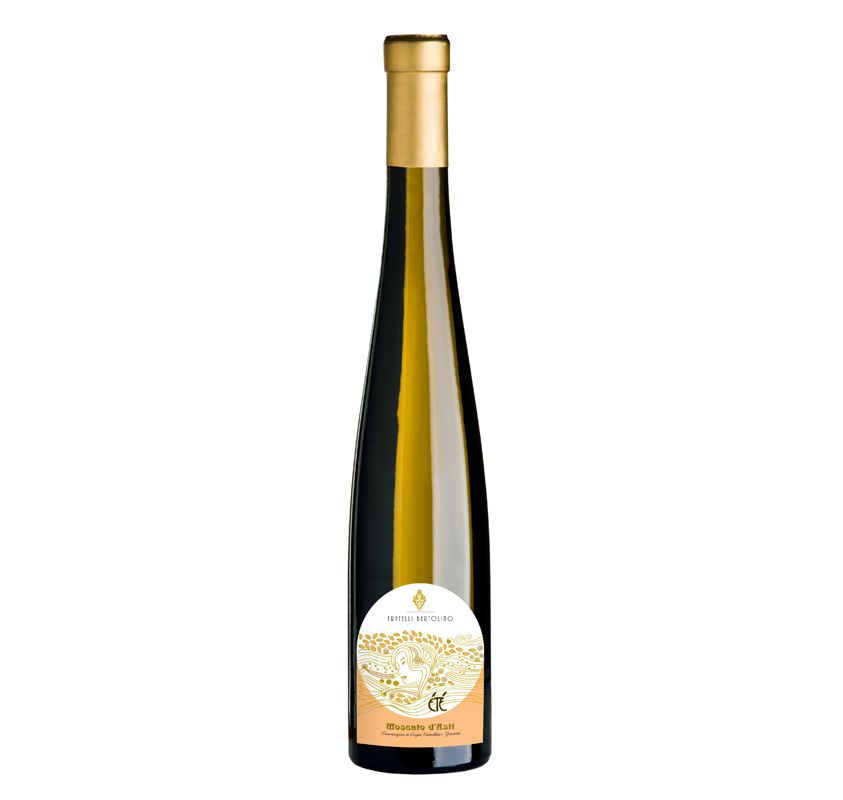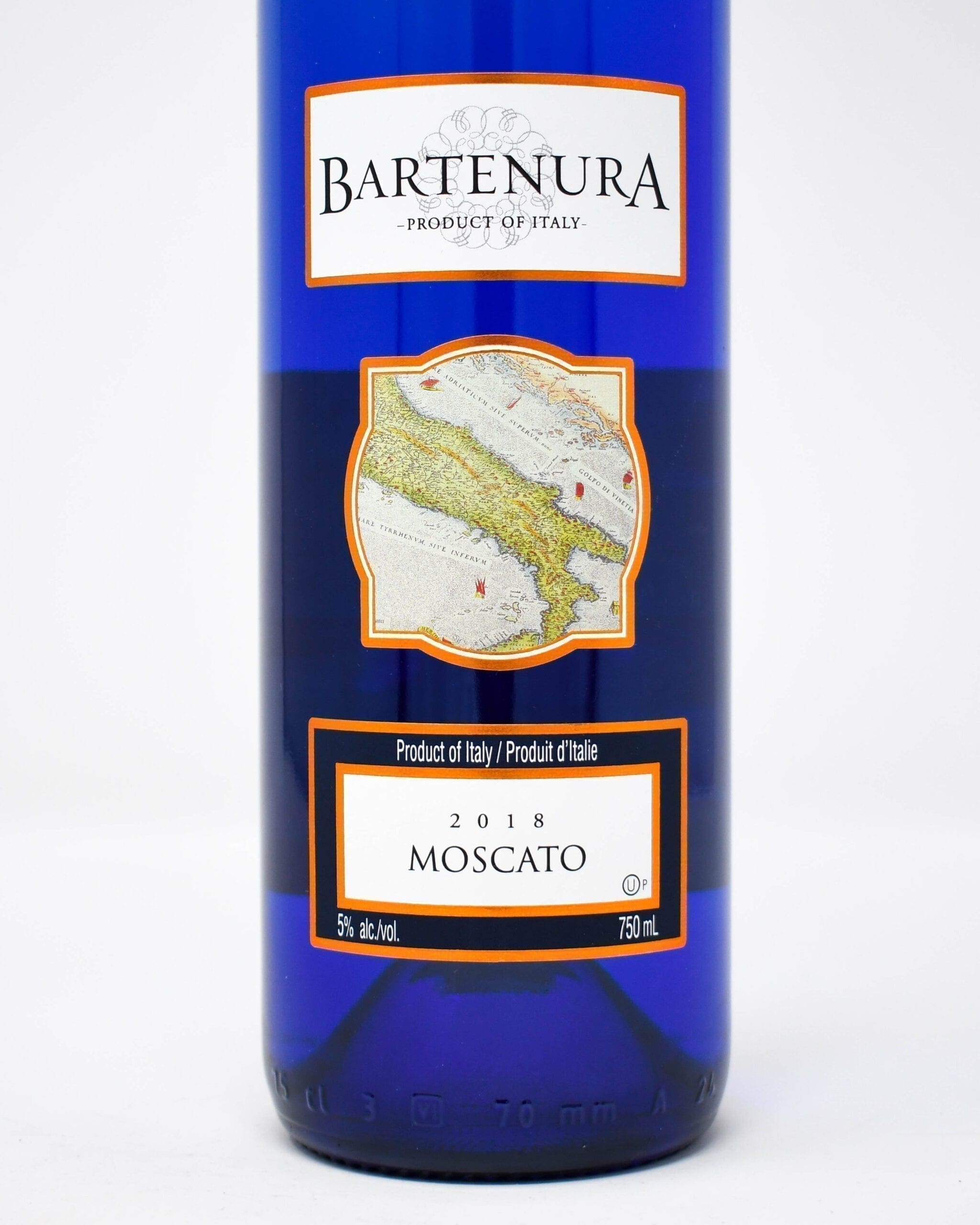

Almond cookies, dried fruits of any kind, all remarkable when paired with Moscato (think cantucci biscuits, Panettone or Pandoro cakes). Fruit tarts are another excellent pairing with Moscato. Soft cakes like sponge cake, sablé pastries, or ring cakes work incredibly well with the effervescence in the wine uplifting the lighter textured cakes. Any inclusion of orange flower water in a dish, nectarine, or peaches, will go stunningly well with Moscato. Right out the gate, sweet with sweet, so if you have a sweet treat or sauce or jam, Moscato is the way to go. So comparable flavors are a shining point for Moscato. Moscato d’Asti is surprisingly versatile, from being a stand alone aperitif, playing nicely with an appetizer, doing well by an entree, or accenting a dessert, Moscato can really do it all, and not many other wines can say that for themselves.

So with such a floral profile, it must be hard to par with certain foods, right? Wrong. As always, it’s best to try a bottle before you bring it to a dinner for pairing purposes, that way there are no surprises come pairing time. There is an unmistakable floral quality to the nose and palate of a Moscato d’Asti wine. If you have no experience with it, but enjoy Riesling or Gewürztraminer wines, you will most likely very much enjoy Moscato d’Asti.Īs for flavor and aromatic profile, orange blossom, nectarine and peach take center stage with a nose of honeysuckle, jasmine, vanilla, and rose petal. So you’ll need to accept and appreciate that before beginning to pair with foods, otherwise, you may want to pass on this type of wine if you only enjoy or prefer dry wines. Ok, first off, Moscato d’Asti is a sweet wine. That said, let’s talk food (think like a chef): Most Napa reds start around the 14% mark for comparison

Hot on the heels of International Sauvignon Blanc Day is World Moscato Day!


 0 kommentar(er)
0 kommentar(er)
